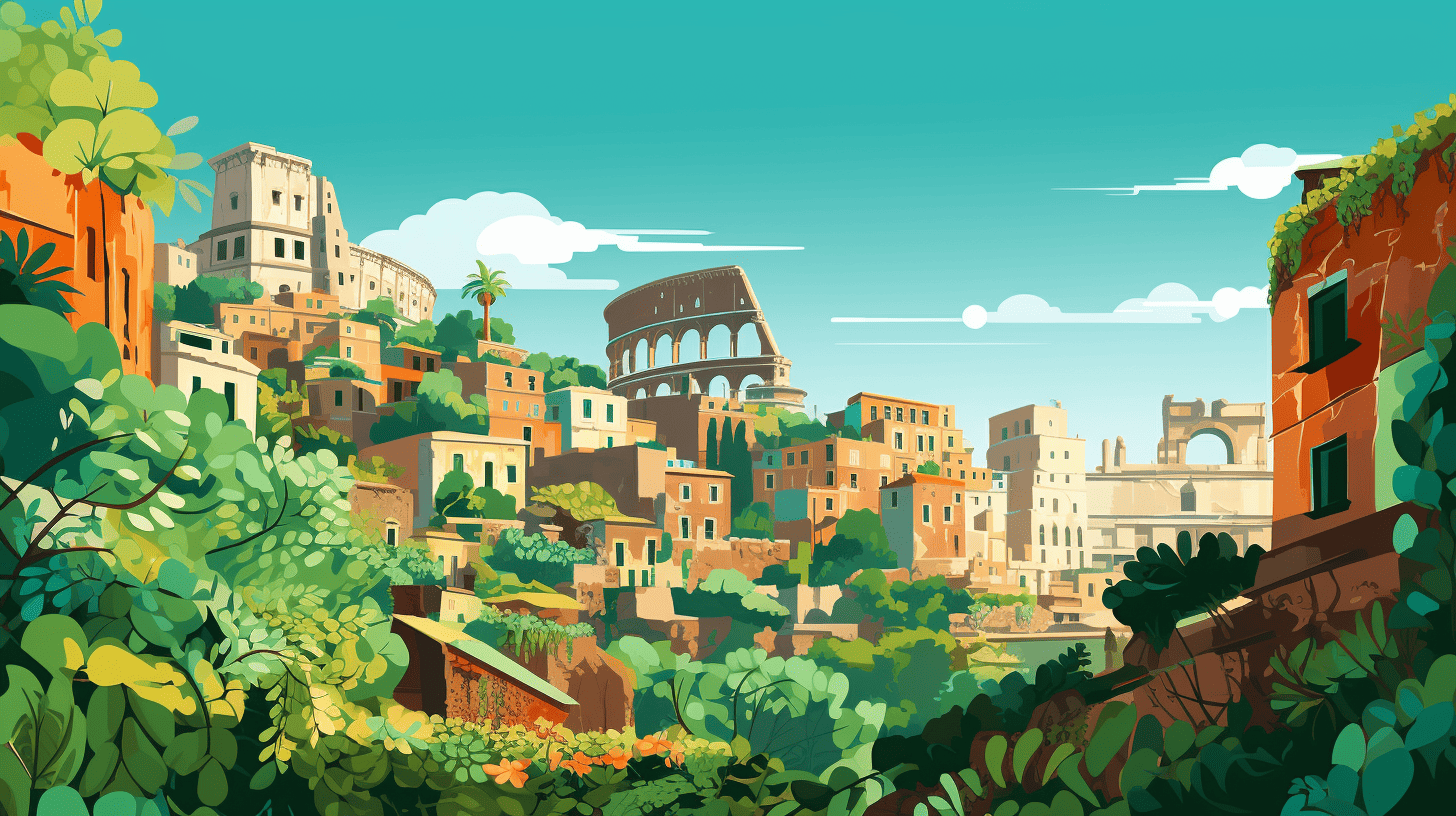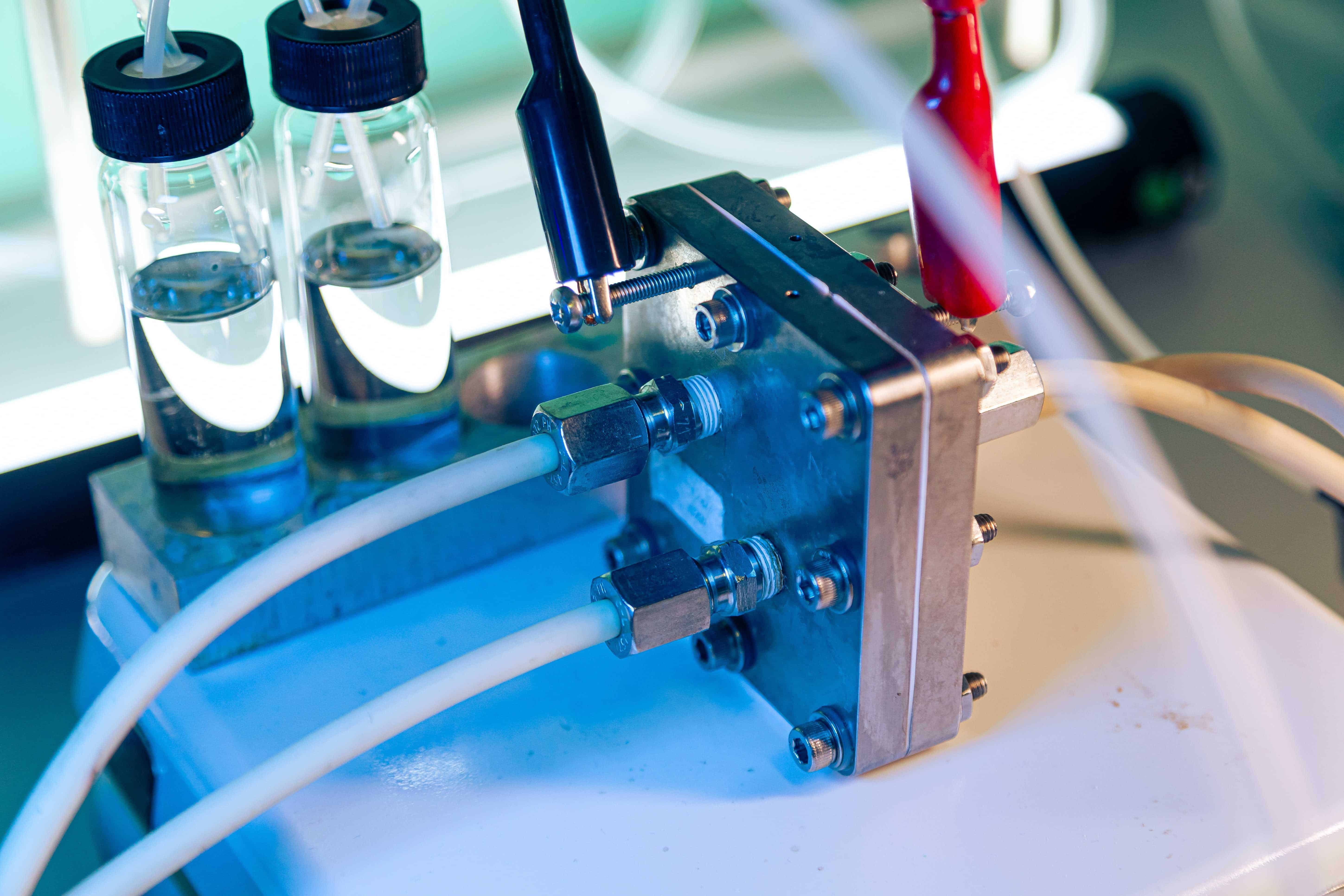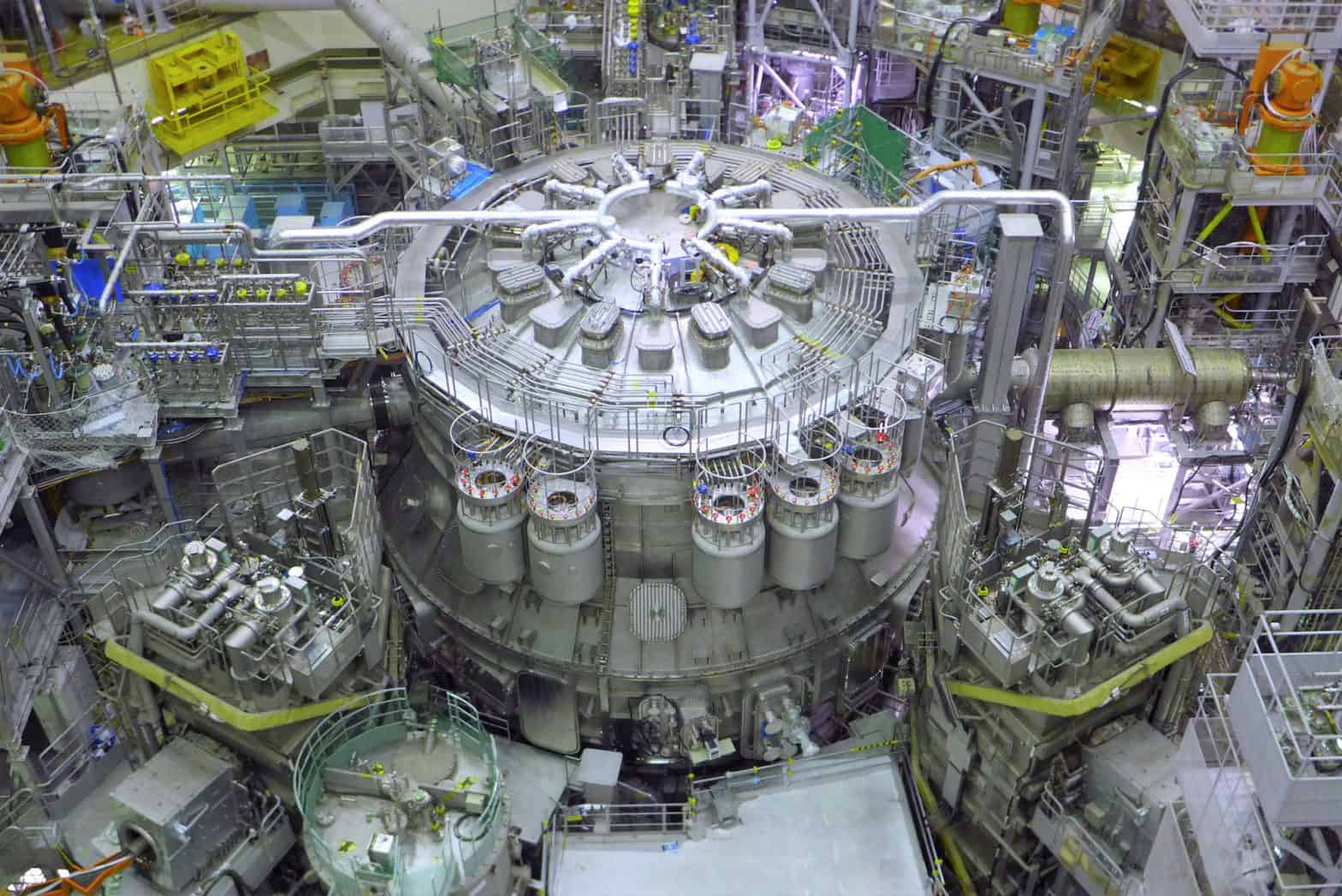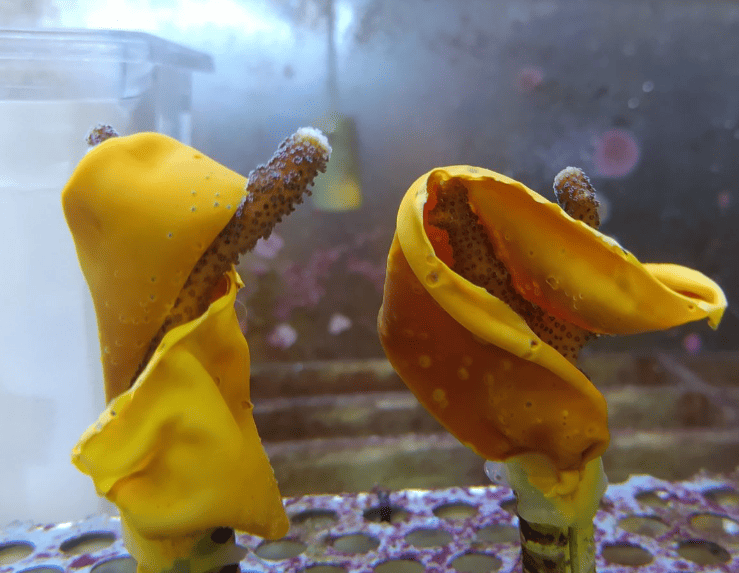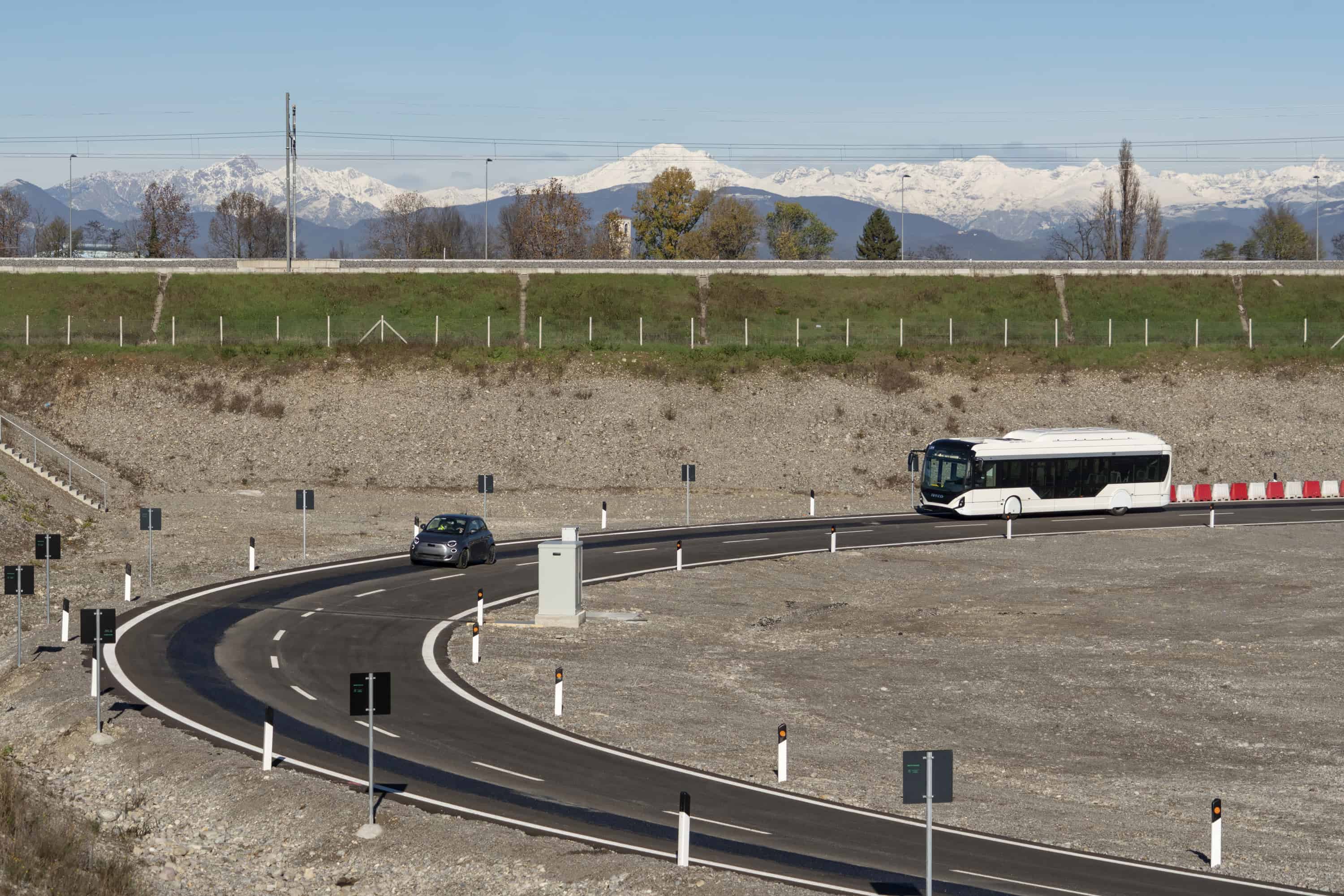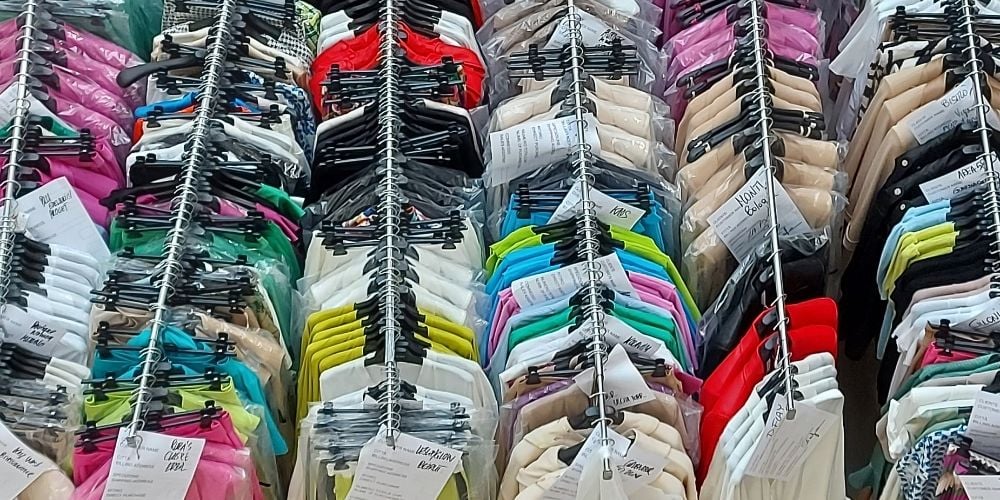
You have to think about it for a moment. Paris is not the European capital of fashion, and neither is Milan. Its center is in Bologna (central Italy). In any event, the city is the main place where Pronto Moda is made and distributed.
Pronto Moda is a method whereby ready-to-wear clothing is manufactured on-site and within a short period of time, usually in small quantities. This typically Italian method has been around for decades, but due to the demand for corporate social responsibility, it is back in fashion, so to speak.

Opposite of fast fashion
While Pronto Moda is also predicated on the speed of manufacture and distribution, it also hinges on core concepts such as small scale, local manufacture, and quality. Fast fashion and Pronto Moda stand in relation to each other like fast food and slow food (which is also centered in Bologna in Italy). “Pronto Moda is the absolute opposite of fast fashion,” Piero Scandellari hastens to point out when we speak to him in Bologna.
Scandellari is the boss of Centergross, Europe’s largest ‘hub’ of Pronto Moda. “Our way of working is geared towards sustainability. Mass- and overproduction is avoided.” Because the products are manufactured locally, Pronto Moda is also more sustainable in this respect.
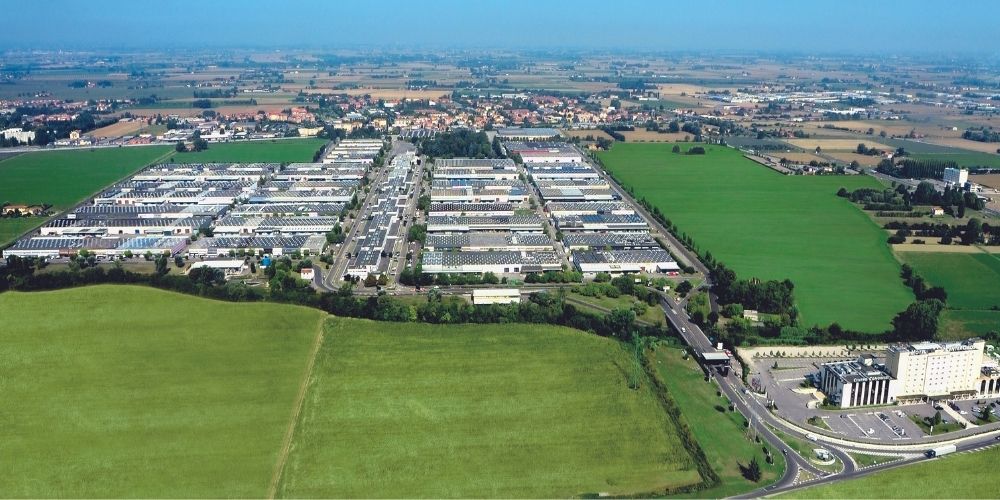
Centergross
Centergross originated way back in 1976 as a manufacturing and distribution center for the clothing industry. It was initially intended for wholesalers, as in ‘grossiers‘, hence that (not so sexy) name. Still, Centergross is not there to serve consumers, but rather agents and fashion retailers. With one million square meters of surface area, the site is the largest European center for Pronto Moda, where around 700 fashion brands and textile companies have established their offices.
This is where around twelve kilometers distance from Bologna, designs are created and where the manufacturing takes place. Every day, ten thousand agents and intermediaries visit the showrooms of the various manufacturers to purchase clothes that can be shipped immediately or within a short period of time.
The added benefit for buyers at Centergross is that the collections are continually updated with new designs without the need for stockpiling clothes in their own stores. This saves on storage costs and puts less pressure on the financial balance sheet.
Those who go to Bologna traditionally purchase collections twice a year. The retailer then usually pays in advance or makes a down payment for goods that do not cross the counter (or end up on sale) until months later. Stores with Pronto Moda inventory are also less dependent on annual sales.

Imperial
Imperial is one of the companies at Centergross. The company owns a 6000 m2 showroom. The collections are designed and also manufactured on the second floor. On the ground floor are racks full of clothing that can be purchased and taken by the agent or retailer straight away. “The customer has to visit our showroom regardless, especially in the beginning,” says Daniele Belotti, one of the directors of Imperial.
If the retailer or other buyer is familiar with the type of clothing Imperial makes, orders can also be made online. “Once we have a design, it is sent to the production hall. The first pieces can be made the same day,” says one of Imperial’s nine stylists.
Italian design
The collections offered by most companies at Centergross cost more than those at H&M and comparable fashion chains. At fast fashion chain Mango, you can buy a cardigan for €29.99 (made of 57% viscose and 43% polyester). Whereas at Imperial, you can get a similar cardigan (52% viscose, 26% polyester, and 22% polyamide) for €59.90. The difference lies in the smaller scale, local manufacture, and thus lower carbon emissions, as well as an Italian design. It is up to the retailer and the consumer to appreciate this difference.

‘Green’ rolls of fabric
The fabrics used by Imperial also come from fast fashion countries (such as Vietnam and Bangladesh). There is not much that can be done about this, because some raw materials (cotton, silk) are scarcely available in Europe. However, companies do try to produce in a more sustainable way, or to be part of a ‘green’ supply chain.
Argomenti Tessile is a major player at Centergross. “We have had a line of sustainable fabrics certified across the board for a few years now,” says Michele Bentivogli, director-owner of Argomenti Tessile. On the way to his office on the second floor, you will pass hundreds, maybe a thousand textile rolls, in every imaginable color, print, and material type. Not all the rolls are “green,” but more are with each passing year. Each step in the sustainable manufacturing process is subject to strict regulations. These apply not only to Bentivogli, but to all chains within the process, such as the raw material producer, the spinning mill, and the weaving mill.
The whole process is checked by international certification bodies. Argomenti Tessile is affiliated with the Global Organic Textile Standard (GOTS), the Global Recycle Standard (for fabrics sourced from recycled materials), and with a certifying organization concerned with forest management certification (natural yarn). “This process costs 30 to 40 percent more than manufacturing non-sustainable fabrics,” Bentivogli says. The costs range from adapting manufacturing facilities, training staff, and also the certification itself, which can be as much as 10,000 euros per year.
Bentivogli is very honest when he says that he started manufacturing his green-certified fabrics because his customers were demanding them. “I supply to Dior, Gucci, Armani, and other manufacturers of haute culture, and they only want sustainable fabrics. But brands below this high range do not want it, because the costs are so high.”

‘We do not have a second planet’
Fashion designer and entrepreneur Katia Giannini has also recently changed tack. For the second consecutive season, she is marketing winter coats made from recycled wool. She is doing this under a new label called ‘Privé‘.
The designer has been marketing clothes in the mid-range segment under her own name and under the brand Katia G. for thirty years. “We do not have a second planet,” Giannini clarifies her choice to go green. “We’ve been able to create a line where all aspects are environmentally friendly, from certification to recycled communication materials.”
The recycled material that Giannini uses comes from Prato, a town in Tuscany a hundred kilometers to the south. Prato has traditionally been known for its cenciaioli – rag dealers – and the sorting and recycling of rags is still an important industry there. This is also an industry that has a future.
In a nutshell, the process looks like this: after sorting, the lining is pulled out and the zippers, buttons, elastic bands, and all other accessories are removed. The rags are heated to remove all dirt and other impurities, then washed and frayed. Rags are returned to a state of fiber ready for processing. “For every kilogram of new wool, nine kilograms of CO2 are generated; one kilogram of recovered wool accounts for only half a kilogram of CO2 pollutants,” Giannini explains.
Also read about how Gucci wants to grow. cotton in a sustainable way
And how a Sicilian company makes clothes from citrus waste.



